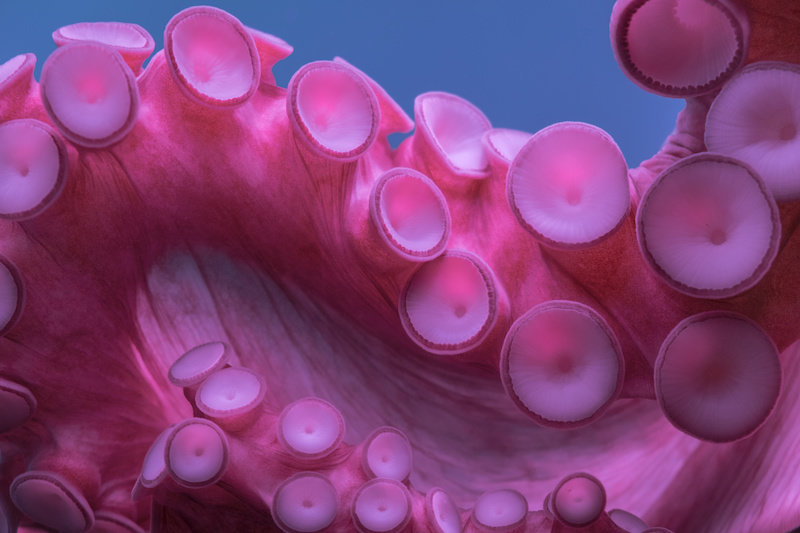CREDIT
Wake Forest Institute for Regenerative Medicine
A research paper published today in Science Translational Medicine presents a significant breakthrough in the area of skin regeneration and wound healing by researchers at the Wake Forest Institute for Regenerative Medicine (WFIRM). The study, titled “Bioprinted Skin with Multiple Cell Types Promotes Skin Regeneration, Vascularization, and Epidermal Rete Ridge Formation in Full-Thickness Wounds,” shows the successful development of bioprinted skin that accelerate wound healing, support healthy extracellular matrix remodeling, and provide optimism for complete wound recovery. Anthony Atala, M.D., director of WFIRM and Adam Jorgensen, M.D., Ph.D...
Read More









Recent Comments